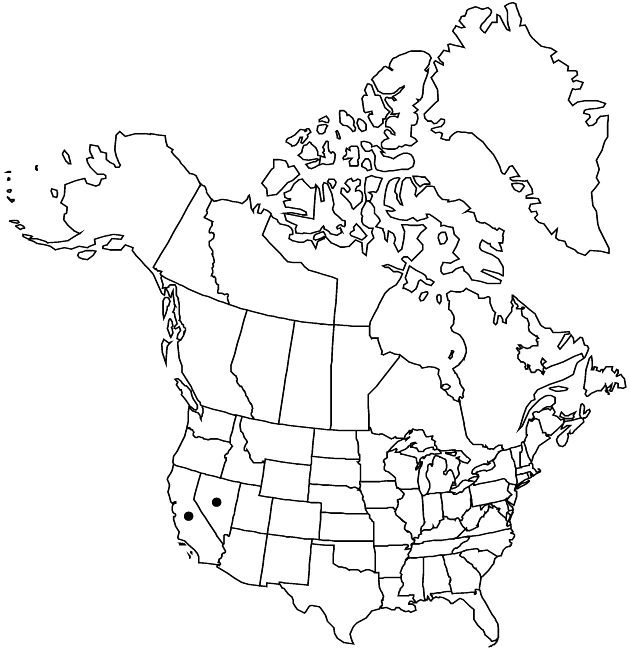Difference between revisions of "Eucephalus breweri"
Phytologia 77: 254. 1995.
imported>Volume Importer |
imported>Volume Importer |
||
| Line 65: | Line 65: | ||
|publication year=1995 | |publication year=1995 | ||
|special status=Endemic | |special status=Endemic | ||
| − | |source xml=https:// | + | |source xml=https://bitbucket.org/aafc-mbb/fna-data-curation/src/2e0870ddd59836b60bcf96646a41e87ea5a5943a/coarse_grained_fna_xml/V19-20-21/V20_44.xml |
|tribe=Asteraceae tribe Astereae | |tribe=Asteraceae tribe Astereae | ||
|genus=Eucephalus | |genus=Eucephalus | ||
Latest revision as of 21:03, 5 November 2020
Perennials, 10–100 cm (caudices woody). Stems ascending to erect, glabrate or woolly, eglandular or glandular. Leaves: mid and distal blades linear-lanceolate to ovate, 2–5 cm × 6–15 mm, faces glabrate and eglandular to moderately glandular and/or woolly. Heads 1–15(–35) in racemiform to corymbiform or paniculiform arrays. Peduncles sparsely to densely woolly and glandular. Involucres turbinate-cylindric, 6–10 mm. Phyllaries in 3–4 series (sometimes reddish along margins), lance-linear to lance-oblong, ± subequal, margins eciliate, apices acuminate, abaxial faces glabrate and eglandular to moderately woolly or glandular. Rays 0. Cypselae strigose; pappus bristles in 1 series (6–10 mm), barbellate. 2n = 18.
Phenology: Flowering Jul–Sep.
Habitat: Open coniferous forest and subalpine meadows
Elevation: 1500–3000(–3500) m
Discussion
Eucephalus breweri is found in the Sierra Nevada. Specimens at the northern edge of the range may intergrade with E. glabratus and E. tomentellus.
Selected References
None.
